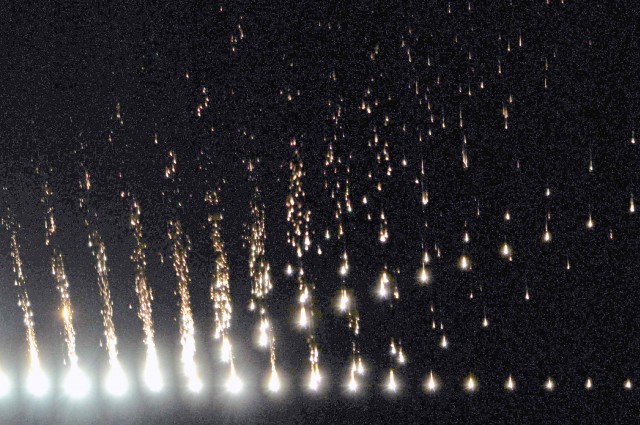Over the next several weeks, five more fragments, most just an inch or two across, turned up within a few miles of Webber's home -- a process recounted on the CAMS website. That's the evidence that allowed the scientists to piece together what they call the space rock's "tumultuous journey."
In fact, here's the group's press release, by way of NASA:
NASA, Partners Reveal California Meteorite's Rough and Tumble Journey
A meteorite that fell onto the roof of a house in Novato, California, on Oct. 17, 2012, has revealed a detailed picture of its origin and tumultuous journey through space and Earth's atmosphere. An international consortium of fifty researchers studied the fallen meteorite and published their findings in the August issue of the journal Meteoritics and Planetary Science.
"Our investigation has revealed a long history that dates to when the moon formed from the Earth after a giant impact," says Peter Jenniskens, a meteor astronomer and consortium study lead working for the SETI Institute, Mountain View, California, at NASA's Ames Research Center in Moffett Field, California.
Jenniskens captured the meteorite's fall in NASA's Cameras for Allsky Meteor Surveillance and quickly calculated the likely fall area over the city of Novato. Novato residents Lisa Webber and Glenn Rivera then remembered hearing something hit their garage roof that night, found the first meteorite, and made it available for study. Often researchers use the location a meteorite was found to name to the rock; this meteorite now is officially known as "Novato" according to the Meteoritical Society.
"We determined that the meteorite likely got its black appearance from massive impact shocks causing a collisional resetting event 4.472 billion years ago, roughly 64-126 million years after the formation of the solar system," says Qing-zhu Yin, professor in the Department of Earth and Planetary Sciences at the University of California (UC), Davis. "We now suspect that the moon-forming impact may have scattered debris all over the inner solar system and hit the parent body of the Novato meteorite."
Yin and collaborators also measured when the meteorites' parent body broke into fragments during another massive collision, about 470 million years ago. This created a debris field in the asteroid belt between Mars and Jupiter from which Novato-like meteorites, which are known as "L6 ordinary chondrites," now are coming to Earth.
Scientists had earlier identified the similarly-aged Gefion asteroid family in the middle of the main asteroid belt as the likely source of Novato-like meteorites. Jenniskens successfully measured the Novato approach orbit and confirmed that Gefion can be the source of these meteorites.
"Novato broke from one of the Gefion family asteroids nine million years ago," said Kees Welten, cosmochemist at UC Berkeley. "But may have been buried in a larger object until about one million years ago," added Kunihiko Nishiizumi, cosmochemist also of UC Berkeley.
After the Novato meteoroid was ejected from the asteroid belt, its path periodically brought it back to the asteroid belt. Scientists at Ames measured the meteorites' thermoluminescence – the light re-emitted when heating of the material and releasing the stored energy of past electromagnetic and ionizing radiation exposure – to determine that Novato may have had another collision less than 100,000 years ago.
"We can tell the rock was heated, but the cause of the heating is unclear," said Derek Sears, a meteoriticist working for the Bay Area Environmental Research Institute in Sonoma, California, at Ames. "It seems that Novato was hit again."
When the Novato meteoroid finally hit Earth's atmosphere, scientists approximate it measured 14 inches (35 centimeters) and weighed 176 pounds (80 kilograms). Robert P. Moreno, Jr., photographed in great detail the meteoroid's final breakup in Earth's atmosphere from Santa Rosa, California.
"These photographs show that this meteorite – now one of the best studied meteorites of its kind – broke in spurts, each time creating a flash of light as it entered Earth's atmosphere," said Jenniskens. "In all, six surviving fragments were recovered."
Researchers were surprised to find that all these impacts did not completely destroy the organic compounds in this meteorite. Qinghao Wu and Richard Zare of Stanford University in California measured a rich array of polycyclic aromatic hydrocarbon compounds - complex, carbon-rich molecules that are both widespread and abundant throughout the universe.
Daniel Glavin at NASA's Goddard Space Flight Center in Greenbelt, Maryland, led a team to search the Novato meteorites for amino acids – molecules present in and essential for life on Earth – and detected some unusual non-protein amino acids that are now very rare on Earth but indigenous to the Novato meteorite.
"The quick recovery of the Novato meteorites made these studies possible," says Jenniskens.
